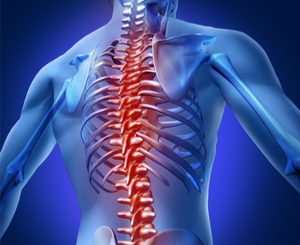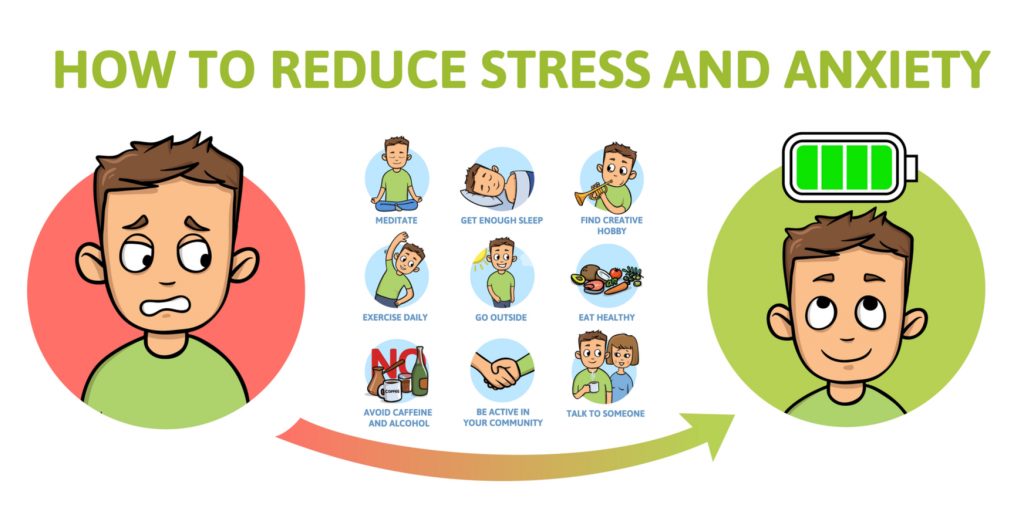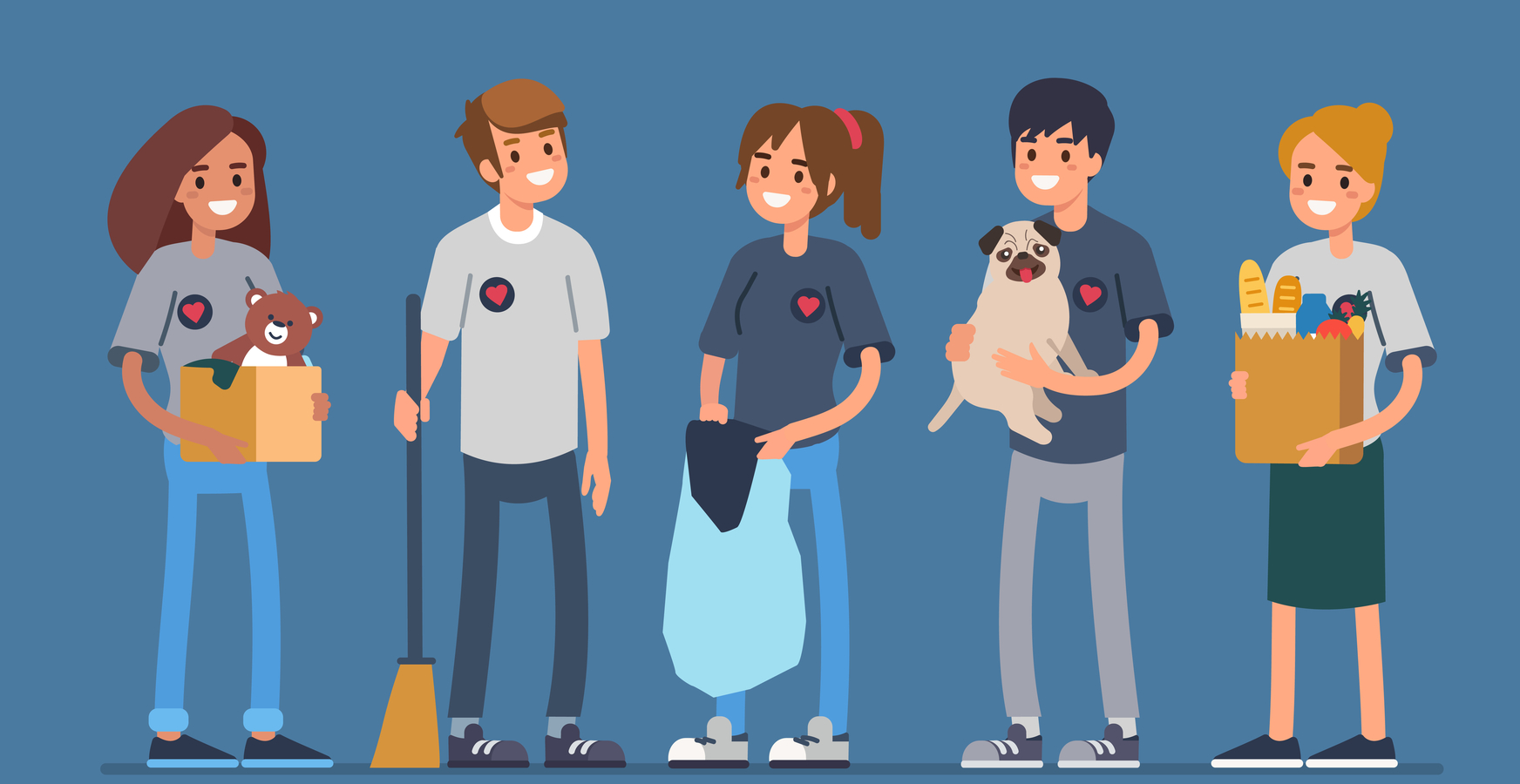There is no doubt that living with persistent pain is difficult, and there is no doubt that living with pain increases the chances of you becoming depressed, and possibly anxious. How could it possibly not do? I was very fortunate that I didn’t become clinically depressed during my pain journey, but I must have been close at times, and I fully understand how it happens. Although the risks of becoming depressed or anxious are increased if you have persistent pain it is worth noting that around 74% of people with persistent pain are NOT depressed or anxious so if you have recently been diagnosed with persistent pain please do not see depression or anxiety as an inevitable consequence. If you do become depressed and/or anxious I would urge you to seek support; there is support out there.
There are many ways to support and improve your mental wellbeing and I would definitely recommend anyone living with persistent pain to actively do so. It can be emotionally difficult to live with pain, so working to improve your overall mental health and wellbeing is definitely worthwhile.
Whilst going through my pain journey I felt it important to have both a basic understanding of depression and anxiety, in particular an understanding of the symptoms and how to access help if required, and an understanding of how best to support my mental health.
I hope the resources I have listed below will support everyone who has persistent pain.
Read and explore

Depression
Read and explore
Persistent pain and depression statistics


Approximate numbers

Although these figures are approximate, they do provide a rough guide to how many people with persistent pain might also have depression, sometimes mixed with anxiety.
Approximately 16% of people with persistent pain have depression, some mixed with anxiety, as opposed to 7% of people without persistent pain.
Although 16% is high it is perhaps not as high as many people might think. It means that approximately 74% of people living with persistent pain do NOT have depression.

Anxiety
What is the difference between stress and anxiety?
More about anxiety

Click on the pictures to learn more about each strand
More Information


























